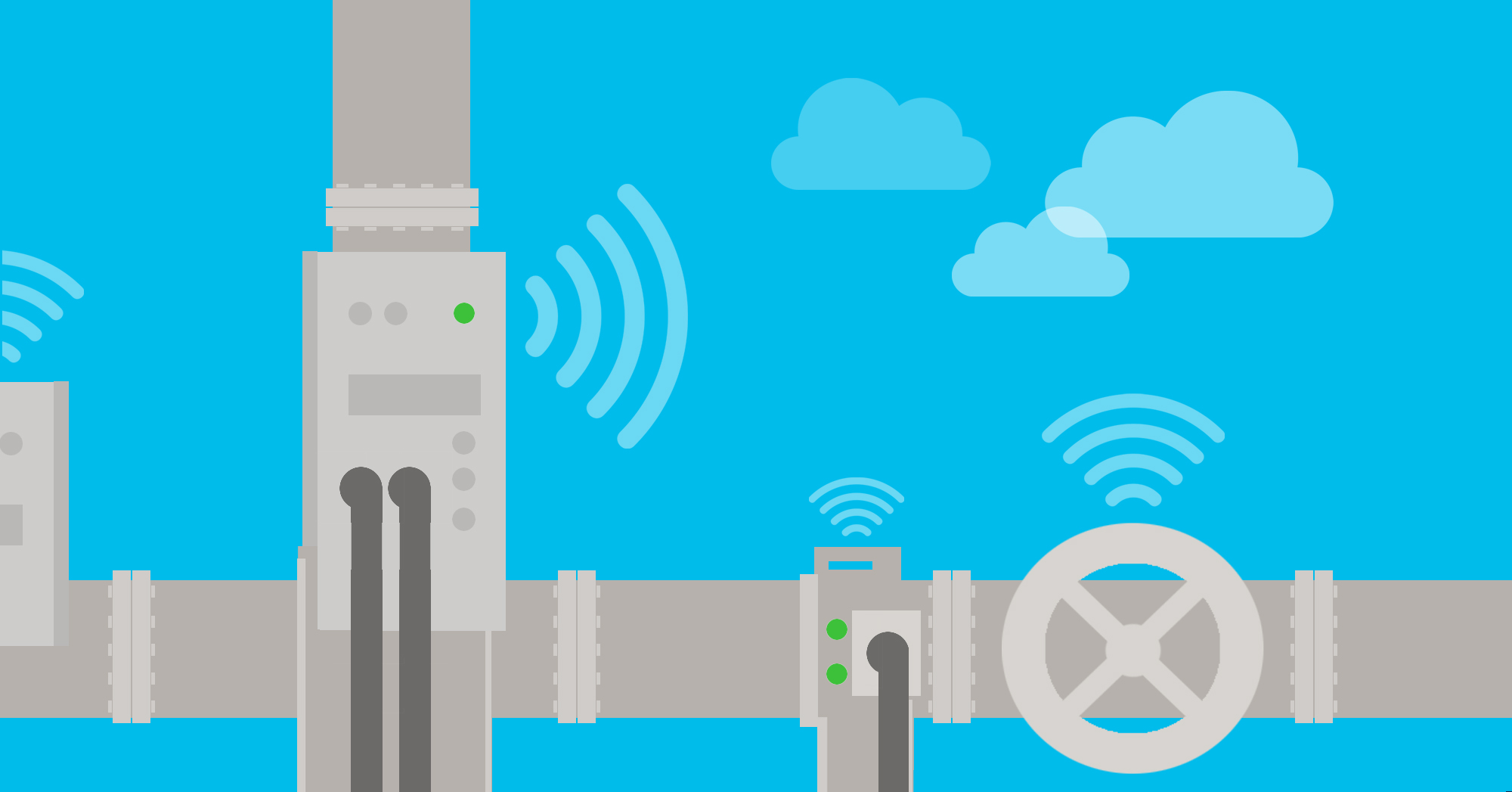- Apple doesn't need better AI as much as AI needs Apple to bring its A-game
- I tested a Pixel Tablet without any Google apps, and it's more private than even my iPad
- My search for the best MacBook docking station is over. This one can power it all
- This $500 Motorola proves you don't need to spend more on flagship phones
- Finally, budget wireless earbuds that I wouldn't mind putting my AirPods away for
Smart water starts with digitization

For utilities and governments responsible for water infrastructure and services, the need to embed resilience and to improve efficiency to better protect public health is a constant. Fortunately, innovative technologies are now available that are helping address these challenges in ways that were unthinkable a few decades ago. And it’s all driven by digitization.
Challenges faced by water utilities
Even before the pandemic, water utilities and wastewater facilities were strained due to aging infrastructure and retiring workforce, all of which was amplified by the need to meet specific regulations. COVID-19 just brought to daylight that unexpected events could have unexpected impacts on public services, such as an inability to be on-site during a crisis and the need to perform operations securely for water utilities from remote locations.
The need for resiliency in water infrastructure
That’s why water utilities and other entities that manage critical infrastructure need to take a closer look at building resiliency. Growing unknowns, including physical threats, against public and private infrastructure will only continue to grow. Embedding a strategic resilience can help avert and/or remediate such challenges, allowing your organization to maintain business continuity and a high level of service. More importantly, embedding resilience means better outcomes for public health during times of unexpected stress.
How digitization benefits water utilities and public health
Digital solutions are a key part of building resilience. By digitizing water operations, utilities and governments can enhance their services and improve safety throughout the entire water cycle. But it also brings added value, such as collection of digital intelligence. Digitization can give your utility deeper visibility into operational systems. This includes real-time plant environment monitoring that can help keep your equipment operating. You can also use predictive analytics and AI to help identify asset failures ahead of time. Plus, diagnostic intelligence in distribution system monitoring can help pinpoint sources of leaks and water loss in a timely manner.
A well thought out and integrated approach to digitization can also help increase the life, and maximize usage, of your existing infrastructure. Digital infrastructure can also detect anomalies and threats before the damage is done, saving significant time and money while keeping your services up and running for citizens. Ultimately, digitizing water and wastewater utilities promotes greater public health, more insights and efficiencies, and sustainable and resilient communities.
The need for greater security is real
As water utilities develop their digitization strategies, they should thoroughly assess their systems and assets so they can better understand any existing or potential vulnerabilities. This information should be used to develop an integrated cybersecurity approach that shields their entire operations. By using a holistic and in-depth security approach that addresses internal and external security threats, you can minimize exposure to danger and prevent cyberattack events similar to what happened to Oldsmar, Florida Water Utility in February 2021 (take a deeper dive in Cybersecurity for Water Utilities).
Getting started
As a leader in water utilities and services, we encourage you to take the next steps to embedding greater resilience and efficiency in your operations. A great first step is identifying your specific challenges and the ultimate goals you’d like to achieve. Use these findings to develop a small pilot program focused on specific use cases. Starting small lets you work out the bugs and avoid larger, more costlier mistakes. Plus, they can be easily scaled across your organization once perfected. We also suggest reaching out to your local Cisco representative. We can help utilities find sources of funding to accelerate adoption of smart water and other intelligent technologies.
At Cisco, we’re working with the public sector to actively develop and implement innovative and secure solutions that can scale with the needs of government and enhance resiliency in times of stress. And together with our partner Government Technology, we’re exploring strategies for building the next generation of government (learn more here). We invite you to join us.
Learn more about Smart Water
Share:

